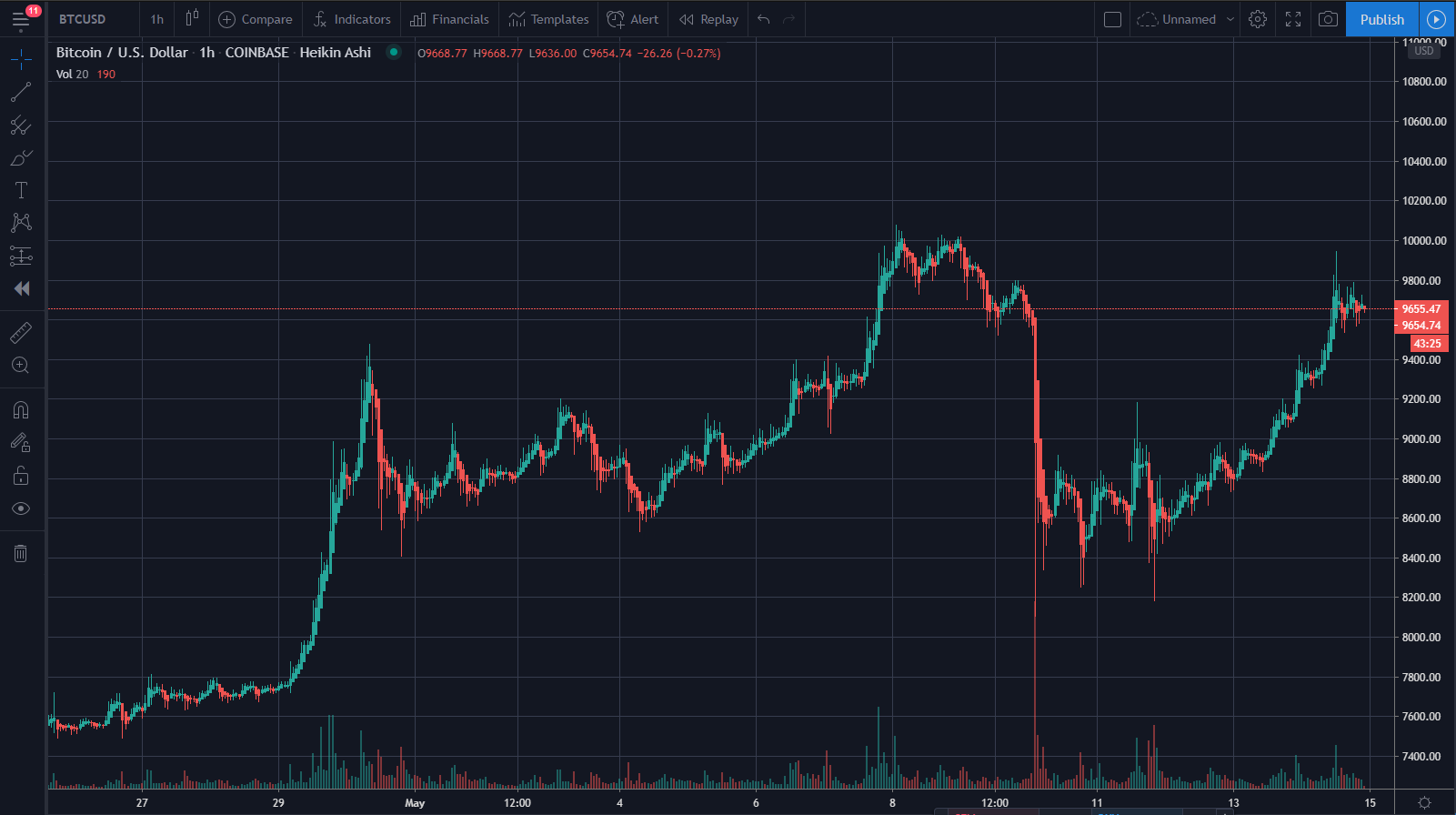Introduction
Cryptocurrency trading has become a popular activity for many investors due to its volatility and the opportunities it offers. In this course, we will explore the basics, strategies, and tools needed to start trading cryptocurrencies effectively.
What is Cryptocurrency Trading?
Cryptocurrency trading involves buying and selling cryptocurrencies with the goal of making profits from price fluctuations. Unlike long-term investing, trading focuses on capitalizing on short-term price movements.

Trading Strategies
There are various trading strategies that investors can use, including:
- Scalping: A strategy that involves making many small trades to gain quick profits.
- Day Trading: Buying and selling cryptocurrencies within the same day to take advantage of daily price fluctuations.
- Swing Trading: Holding positions for several days or weeks to benefit from short and medium-term trends.
- HODLing: Buying and holding cryptocurrencies for the long term in hopes of significant value increases.
Trading Tools
To trade cryptocurrencies effectively, it is essential to use various tools, such as:
- Trading Platforms: Websites and apps that allow you to buy, sell, and store cryptocurrencies. Examples include ANB Crypto, Coinbase, and Kraken.
- Charts and Technical Analysis: Tools that provide real-time charts and technical analysis to identify market patterns and trends.
- Price Alerts: Notifications that inform traders of significant price changes in cryptocurrencies.
- Research and News: Market news sources and analysis that help make informed decisions.
Risks of Cryptocurrency Trading
Cryptocurrency trading carries several risks that investors should be aware of:
- Market Volatility: Cryptocurrencies are known for their extremely volatile price movements.
- Lack of Regulation: The cryptocurrency market is less regulated than traditional financial markets, leading to higher risks of fraud.
- Capital Loss: The value of cryptocurrencies can drop quickly, resulting in significant losses.
- Human Errors: Trading decisions based on emotions or incorrect information can lead to losses.
Tips for Cryptocurrency Trading
To improve your chances of success in cryptocurrency trading, consider the following tips:
- Continuous Education: Stay informed about the latest trends and developments in the cryptocurrency market.
- Risk Management: Set loss limits and use stop-loss orders to minimize potential losses.
- Diversification: Do not put all your funds into one cryptocurrency. Diversify your investments to reduce risk.
- Stay Calm: Do not let emotions guide your trading decisions. Stay calm and follow your strategy.
Conclusions
Cryptocurrency trading can be an exciting and potentially profitable activity, but it also carries significant risks. This course provides a solid foundation to understand the key concepts, strategies, and tools needed to start your cryptocurrency trading journey. Always research, educate yourself, and manage risks effectively.
